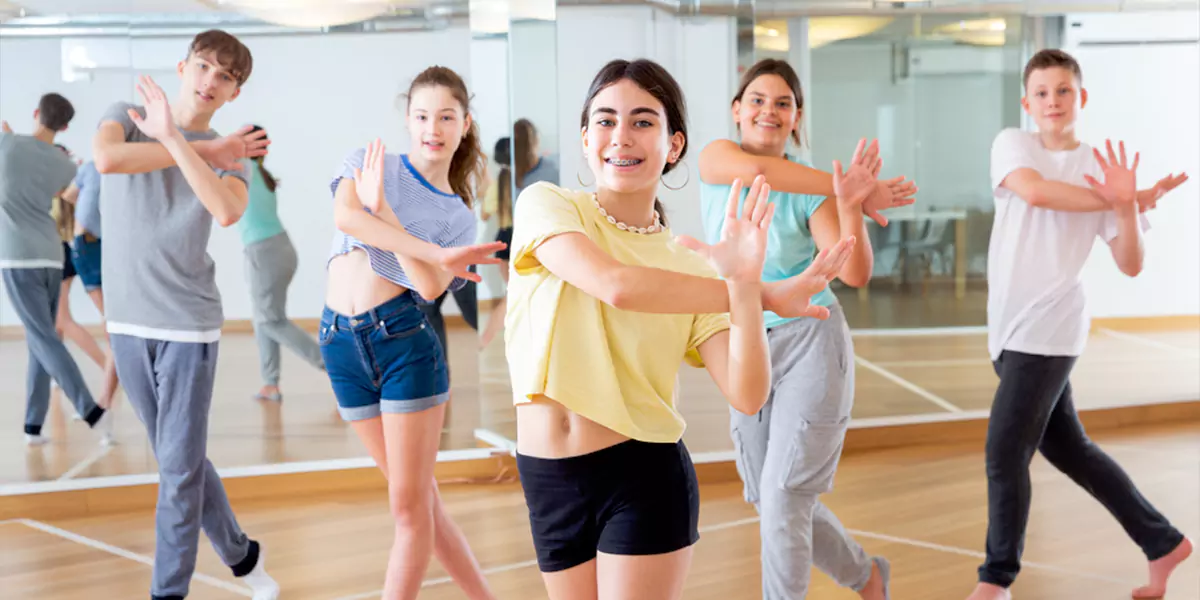The Advantages Of Dance Workouts And How To Begin

The health benefits you reap from dancing are proportional to the time and effort you put into your chosen dance form. Here is all you know about dance workouts and why you should try this as your fitness routine.
According to National Institute of Health (NIH), faster dance styles, such as salsa and cardio dance, can be equivalent to more strenuous exercise, like brisk walking or swimming. Conversely, the NIH compares slower dance styles, such as ballroom dancing, to walking and moderate-intensity workouts. Here are the benefits of dance workouts and how you can prep your body for them.
Raised Cognitive Capacity
According to a review and meta-analysis, working memory, learning preferences (the mental ability to adjust to new or changing situations), and learning are all boosted in older individuals through dancing.
Improved Cardiac Health
Further, everyone can benefit from dance’s cardio-enhancing aerobic qualities. For example, dancing intensely (defined as anything that makes you breathless or sweaty) and walking at a moderate intensity were both associated with a reduced risk of death from cardiovascular disease. Even still, dancing offered a more substantial buffering effect.
Increases Bone Density
Dancing can help you keep or gain bone density because it is a weight-bearing activity.
Preliminary research on people over 50 with osteoporosis discovered dancing helped stop the decline in bone density they had been experiencing.
Can You Lose Weight By Dancing?
If weight reduction is your objective, all that bouncing, twisting, and shaking might contribute to the low-calorie diet you need. The Harvard Medical School finds that a 30-minute dance session might burn anything from 90 to 252 calories. Of course, the specific number differs for each dance genre and every dancer. For example, a 125-pound individual will burn around 90 calories doing the waltz or foxtrot, but the same person will burn about 180 doing ballet or twisting dance.
There are a couple things to keep in mind:
Preparing your body for a vigorous dance routine Performing a warm-up before dancing can help prepare your body and reduce the risk of injury, according to Roup. Do some mild cardio to get your heart rate up, and then do dynamic stretching to warm your muscles and get ready. You may also try mild hops, body rolls, shoulder isolation, and the hip roll. A warm-up could be an element of your dancing fitness lesson.
Dressing For A Dancing Class
Put on whatever makes you feel good. Wearing clothes made of a material that wicks away sweat (polyester, nylon, or spandex), boots with a smooth surface that gives arch support, and any you need to hold your hair out of your face.
How To Prevent Common Dance Injuries
According to Amway, ankle, knee, and hip injuries are common among dancers. Wearing supportive shoes, warming up before dancing, modifying moves as needed, and easing into new courses and dance genres are all recommended by both instructors to reduce the risk of injury.




